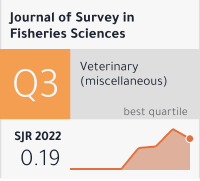Utilizing Machine Learning For Predicting Software Defects
DOI:
https://doi.org/10.53555/sfs.v10i1.2974Keywords:
Random Forest, Decision Tree, Artificial Neural Network, Software Defect Prediction, Software metrics, Genetic AlgorithmAbstract
Assessing software effectiveness, reliability, and quality involves a systematic approach to identifying bugs within the product. The detection of bugs during software development has spurred the development of various prediction methods to address them. Predicting bugs in concurrent software products is crucial for reducing development time and costs. This study delves into experiments conducted on a publicly available bug prediction dataset, which encompasses numerous open-source software projects. Employing the Genetic algorithm, relevant features were extracted from the datasets to mitigate overfitting risks. These features were then categorized as defective or non-defective using classification techniques such as random forest, decision tree, and artificial neural networks. Evaluation of these techniques included metrics like accuracy, precision, recall, and F-score. Results revealed that random forest outperformed other algorithms in accuracy, precision, and F-score, with average scores of 83.40%, 53.18%, and 52.04%, respectively. Additionally, the neural network demonstrated superior recall, achieving an average score of 60% among the algorithms. Consequently, this system offers valuable support to software developers, aiding them in delivering high-quality software with minimal defects to customers.









